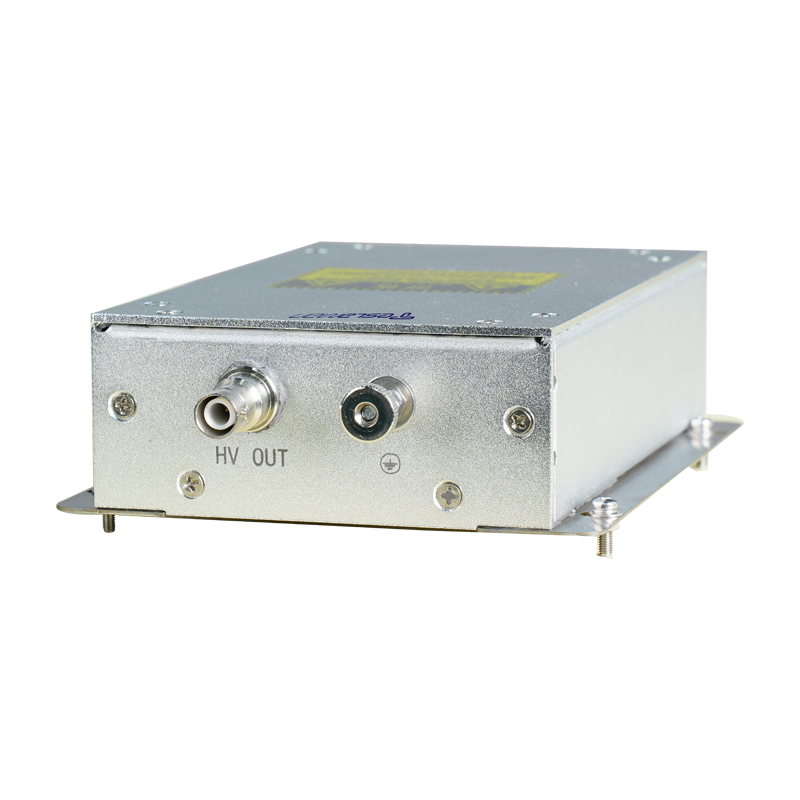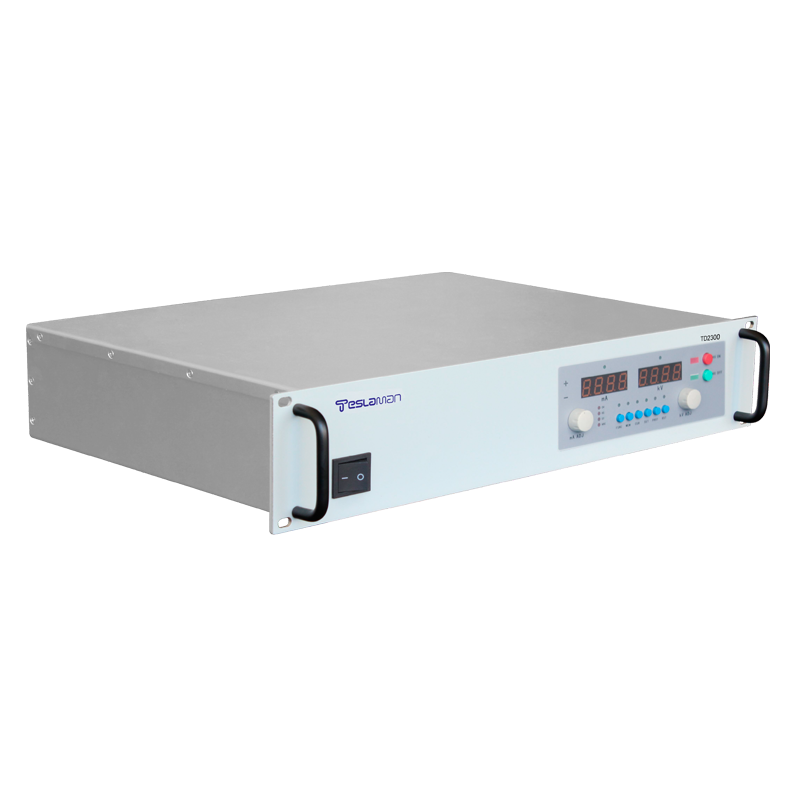Application and Maintenance of High-Voltage Power Supplies in Electrostatic Electret Equipment
In the fields of material surface treatment and functional material preparation, electrostatic electret technology, with its unique charge storage ability, is widely used in the production processes of air filter materials, medical and health products, etc. As the core component of electrostatic electret equipment, the performance and maintenance status of high-voltage power supplies directly determine the electret effect and the stability of the equipment. In-depth exploration of the application and maintenance key points of high-voltage power supplies in electrostatic electret equipment is of great significance for improving production efficiency and product quality.
The working principle of electrostatic electret equipment is to use the high voltage generated by the high-voltage power supply to form a strong electric field between the electrodes and the material, enabling the surface or interior of the material to capture and store charges, thereby achieving the electrostatic electret effect. The stability of the output voltage of the high-voltage power supply is a key factor affecting the electret quality. A stable high voltage can ensure the consistency of the electric field strength, making the material uniformly charged. If the voltage fluctuates too much, it will lead to uneven charge distribution on the material surface, affecting the adsorption performance of filter materials or the electrostatic protection effect of medical and health products. Therefore, high-voltage power supplies are usually equipped with high-precision voltage regulation circuits and closed-loop feedback control systems to monitor and adjust the output voltage in real-time, ensuring the stability of the electret process.
In practical applications, the output voltage amplitude of the high-voltage power supply needs to be precisely adjusted according to different material and electret process requirements. Different filter materials with various materials and thicknesses require different electret voltages. Excessive voltage may cause the material to be broken down and damage the equipment, while too low a voltage cannot achieve the desired electret effect. In addition, the response speed of the high-voltage power supply is also crucial. On production lines where materials are transported quickly, the power supply needs to rapidly follow the movement of the materials and quickly establish a stable electric field to ensure a continuous and efficient electret process. Some advanced high-voltage power supplies adopt high-frequency switching technology, which can not only achieve a fast response but also improve the power supply conversion efficiency and reduce energy consumption.
Reasonable maintenance is a necessary condition to ensure the long-term stable operation of high-voltage power supplies. The electronic components inside the high-voltage power supply are prone to aging and performance degradation under long-term high-voltage and high-current working conditions. Regularly cleaning the power supply can prevent impurities such as dust and moisture from affecting the insulation performance and avoid short circuits or leakage accidents. At the same time, it is necessary to calibrate the output voltage and current parameters of the power supply, check whether the connections of all components are secure, and promptly replace aging components such as capacitors and resistors. In addition, attention should also be paid to the heat dissipation of the power supply, clean the dust on the cooling fans and heat sinks to ensure good heat dissipation, and prevent the power supply performance from decreasing or even being damaged due to excessive temperature.
With the continuous emergence of new materials and new processes, the performance requirements for high-voltage power supplies in electrostatic electret equipment are also constantly increasing. In the future, high-voltage power supplies will develop towards intelligence and modularization, integrating functions such as fault diagnosis and automatic adjustment, further improving maintenance convenience and operational reliability, and providing strong support for the continuous development of electrostatic electret technology.




















